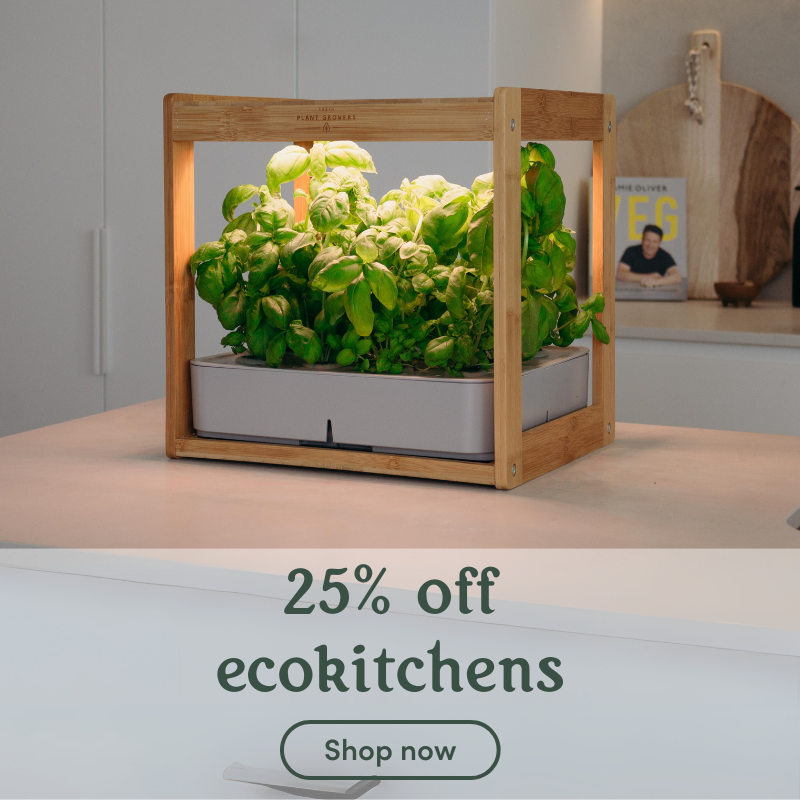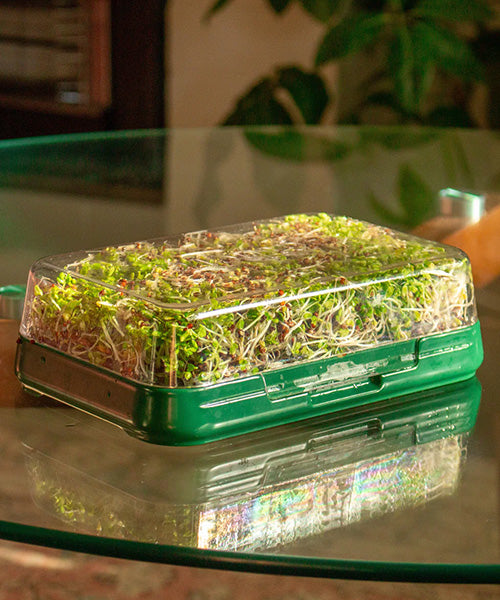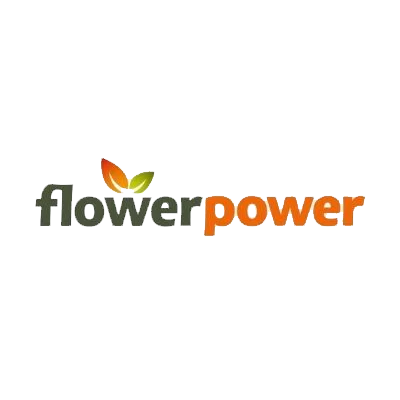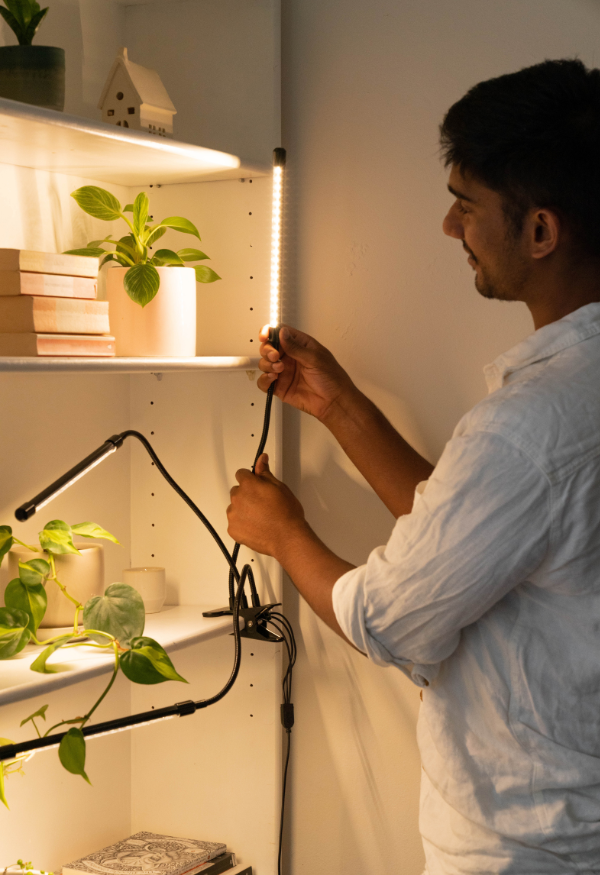Your Cart is Empty
Grow Food IndoorsWe allow you to garden anywhere. Our hydroponic technology rapidly grows massive yields in compact spaces. Don’t let their size fool you - these grow many multiples of what you can in a similar sized soil plot, all while using less water. The joy of gardening in your home with the hassle handled for you. You’ve never tasted food this fresh! |


Care For Your PlantsStruggling to grow houseplants? Our powerful LED grow lights mimic the wavelengths of sunlight plants need to grow. Inbuilt timers ensure the perfect dose. Say goodbye to dead plants, droopy leaves and slow growth. |
Superfood In WeeksWe love sprouts and microgreens. Which is why we crafted a range of jars and trays that allow you to grow them in your own kitchen. Heaps of fun! You’ll be eating the freshest sprouts you’ve ever tasted in just one to two weeks. |


PropagateMultiply your favourite plants for (almost) free. By taking cuttings and placing them in a water-filled beaker you can grow another entire plant identical to its parent. An exact replica of its parent, so you know the taste/colour will match. It also makes an amazing decoration for your living space! |

Grow Food IndoorsOur hydroponic technology rapidly grows massive yields in compact spaces. Don’t let their size fool you - these grow many multiples of what you can in a similar sized soil plot, all while using less water. The joy of gardening in your home with the hassle handled for you. You’ve never tasted food this fresh! |

Care For Your PlantsStruggling to grow houseplants? Our powerful LED grow lights mimic the wavelengths of sunlight plants need to grow. Inbuilt timers ensure the perfect dose. Say goodbye to dead plants, droopy leaves and slow growth. |

Superfood In WeeksWe love sprouts and microgreens. Which is why we crafted a range of jars and trays that allow you to grow them in your own kitchen. Heaps of fun! You’ll be eating the freshest sprouts you’ve ever tasted in just one to two weeks. |

PropagateMultiply your favourite plants for (almost) free. By taking cuttings and placing them in a water-filled beaker you can grow another entire plant identical to its parent. An exact replica of its parent, so you know the taste/colour will match. It also makes an amazing decoration for your living space! |




























